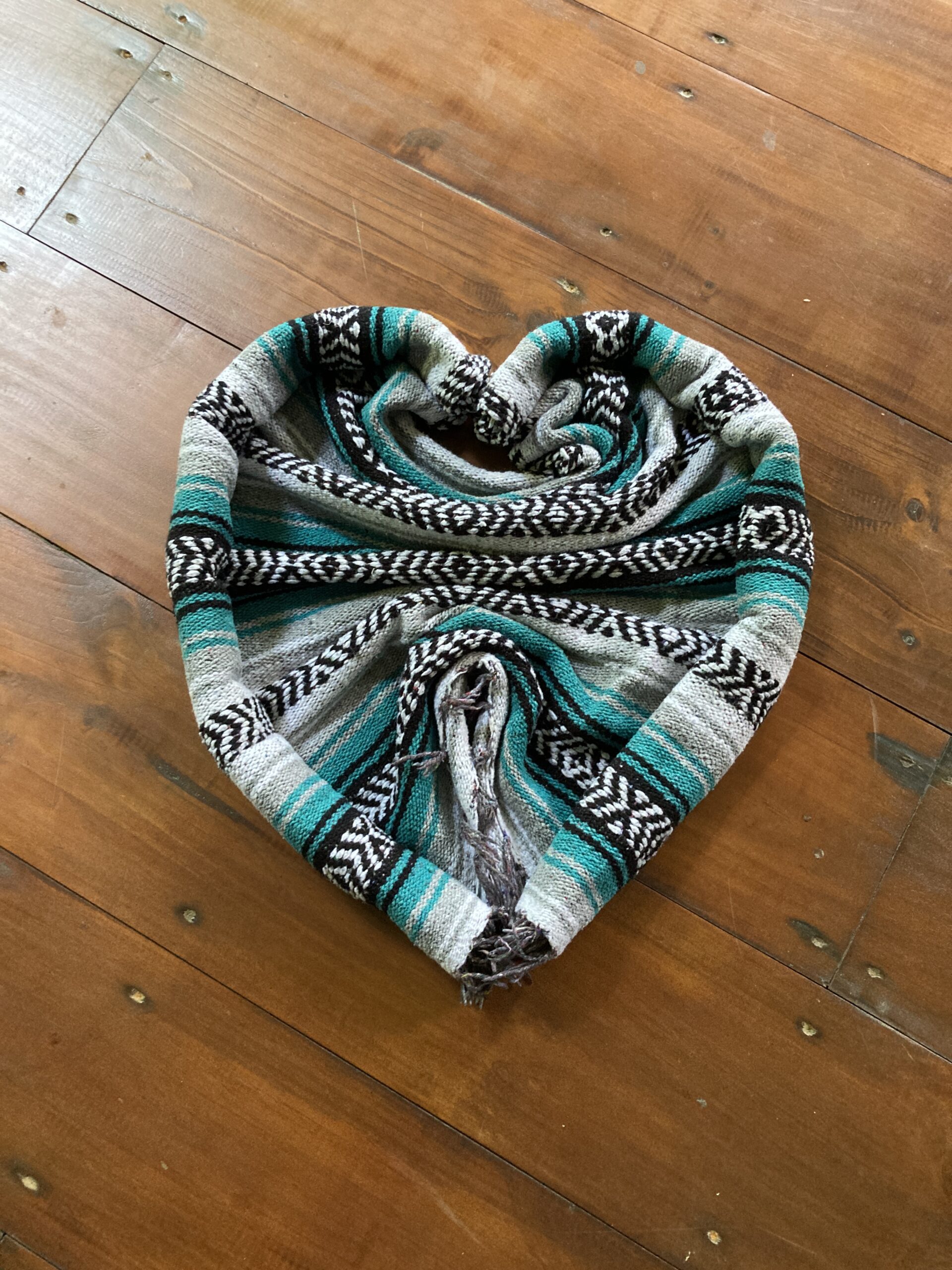Perhaps this blog post is like a star exploding. My mind has been both calm but also wild like the winds that have whipped around this island all day today.
So many of my readers asked me to please include a photo of Darwin (read about him in my previous post)! So, I texted him to ask permission to post a few photos of him and within seconds he replied with an enthusiastic, “Sure!”

Our man Darwin (and his sister Seemee)
And he signed his email, Meluccio (yet another Sicilian nickname for Carmello)!
Sicilians are terrific at creating nicknames for people. You give them your name and you are reinvented into something else within seconds of giving out your name. During one of my yoga retreats, one yogini, Rebecca, was renamed Rossella, as in Rossella O’Hara (Scarlett O’Hara’s Italian name in Gone With the Wind) by our guide Toninio in Pantelleria.
In case you are curious about Darwin’s real name, he was named after Charles Darwin, the English naturalist, geologist, biologist, contributor to the science of evolution.
And the title of this blog post refers to the nickname the Greeks gave to the island of Sicily: Persephone’s Island. The Greeks, who colonized Sicily as early as the 8th century B.C., considered Sicily to be Persephone’s Island because, according to the myth, Hades, the ruler of the underworld (his Roman name was Pluto), abducted Persephone from the Sicilian town of Enna and imprisoned her in his underworld domain.
Persephone was the beautiful daughter of Zeus (his Roman name was Jupiter) and Demeter (Her Roman name was Ceres and she was the goddess of agriculture, grains, harvest, and fertility). Our word cereal comes from her Roman name and there is a beer here in Sicily named after her, Ceres.
Hate to mention this, but you probably already know that Demeter was Zeus’ sister. Zeus violated his own sister. Persephone was the child of their union. Persephone was absolutely gorgeous. And she was a very innocent child. She spent her days running around the lands of the earth. Her birth name was Kore (or Cora) which means “Maiden”. She was so beautiful that she attracted the attention of many gods.
After she was abducted by Hades, she become his queen, his reluctant bride, Queen of the Underworld. She renamed herself Persephone (Proserpina was her Roman name), which means “Bringer of destruction”.
The abduction happened as Kore (later renamed Persephone) was gathering flowers in a Sicilian field in Enna. I can see it now. Kore gathering red poppies and Hades bursts through a cleft in the earth and grabs her. Kore’s poor mother Demeter searched the entire earth for her daughter.
Below is a description of what happened once Demeter found out what had happened to her daughter:
So Persephone’s grieving mother, the goddess Demeter, goddess of agriculture, plunged the island into a barren winter, until Zeus, the father of the gods, struck a bargain with Pluto to let Persephone return to the land of the living for six months of the year. So it is that when Persephone is released from Hades, Demeter allowed the world to thaw and bloom before her daughter must once again return to Pluto and Hades.
And so the seasons were born!
Below are a few more photos of paintings from the artist Fiore (also mentioned in my previous blog post). We met a wonderful man who showed us his hotel and some of his Fiore painting collections. I bet you can guess the hotel owner’s name: Carmello.
Carmello is a collector of Sicilian antiques and of Fiore’s paintings. I especially like Fiore’s cats:

Below is one of Fiore’s earlier works from 2003 (before he became famous)…I really like his old style:

Fiore tables!

A reminder of what happens when you eat too much pasta:


simply put: this is a beautiful place!
I spied this kitty in the courtyard through this iron fence:

This place makes me dream:

Creative drift wood artwork:

I looked on line to see how many churches there are in Ortigia. I found one site that showed 14, another showed 26. Rick and I both agree there are far more than that. Rick agrees with me and says there are certainly over 100 churches on this tiny island. There is one on nearly every corner.
We saw one that dated back to the 3rd century AD. San Martino Church, below, dates back to the 12th century:
And lastly, I leave you with this Stomachion. We came across this gem on the courtyard wall next to the San Martino Church. It was designed/invented by Archimedes. Archimedes was born well over two thousand years ago in Ortigia when it was a Greek Colony. Archimedes is Sicily’s famous son, the great mathematician. You can still see the Piazza Archimede, where Archimedes is said to have run buck naked in the plazza shouting excitedly, “Eureka, Eureka!!” because he had just made a discovery:
“Eureka!” was shouted after he had stepped into a bath and noticed that the water level rose, whereupon he suddenly understood that the volume of water displaced must be equal to the volume of the part of his body he had submerged.
But back to the Stomachion below. It is a puzzle Archimedes invented. It became a mathematician’s game. No one quite understands why the Greek name has the same linguistic root as the word, “stomach”, but it does.
I am including two links below the photo to better explain the concept of Archimedes’ intricate and complex puzzle. This is the oldest known mathematical puzzle. The inscription below the photo explains that a Stomachion always has 14 pieces, which make a square and that the 14 pieces can create endless geometric figure imaginable. It is too complicated for me to understand, but the web links below are pretty fascinating.

http://mathworld.wolfram.com/Stomachion.html
http://www.math.cornell.edu/~mec/GeometricDissections/1.2%20Archimedes%20Stomachion.html







Am having great fun reading about Sicily. thank you for sharing all your insights. I feel like I am taking a great armchair (actually, deck chair at our cabin) tour this Golden Week.